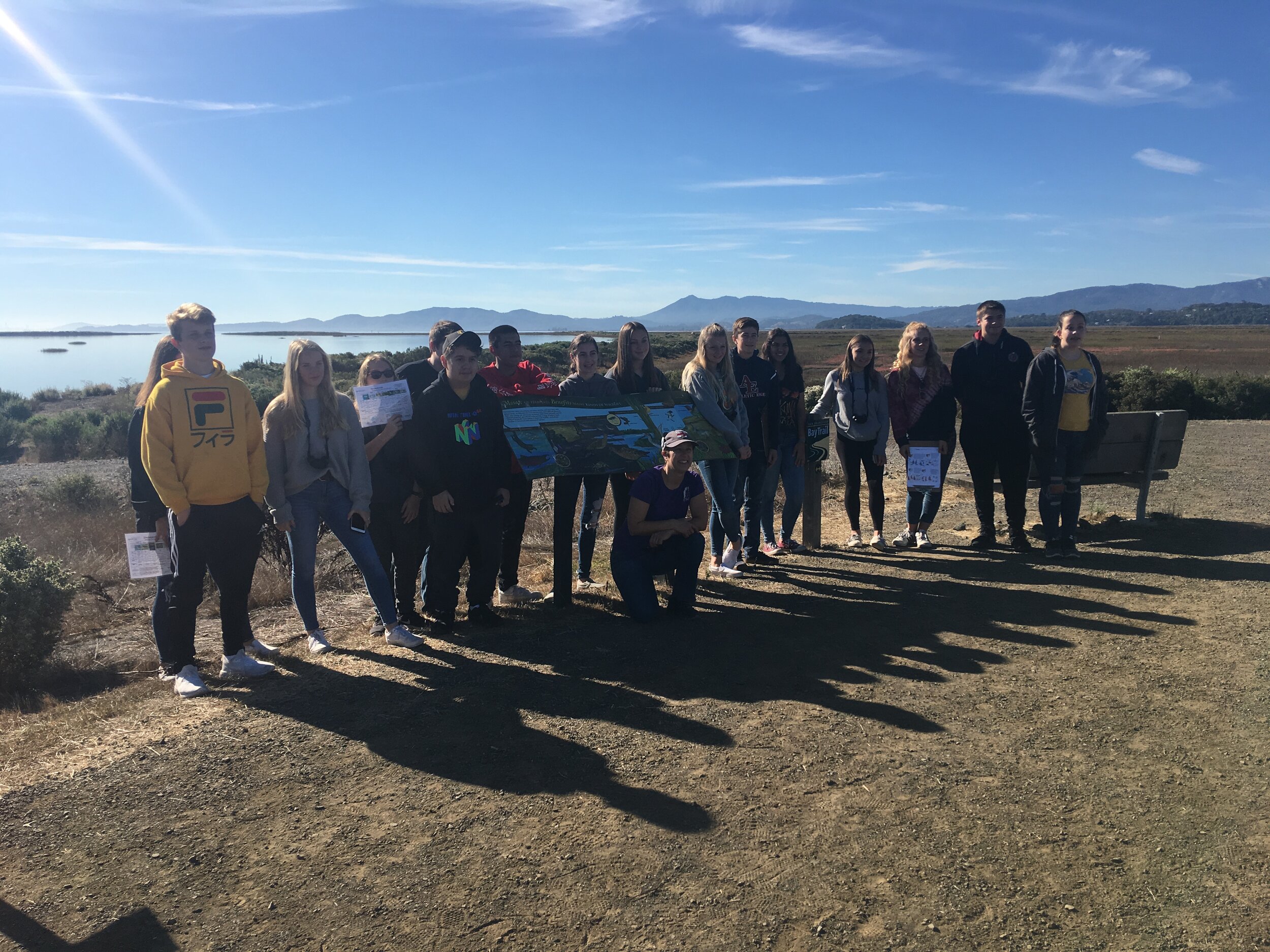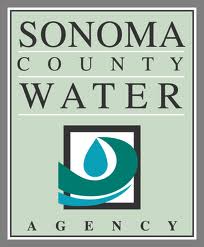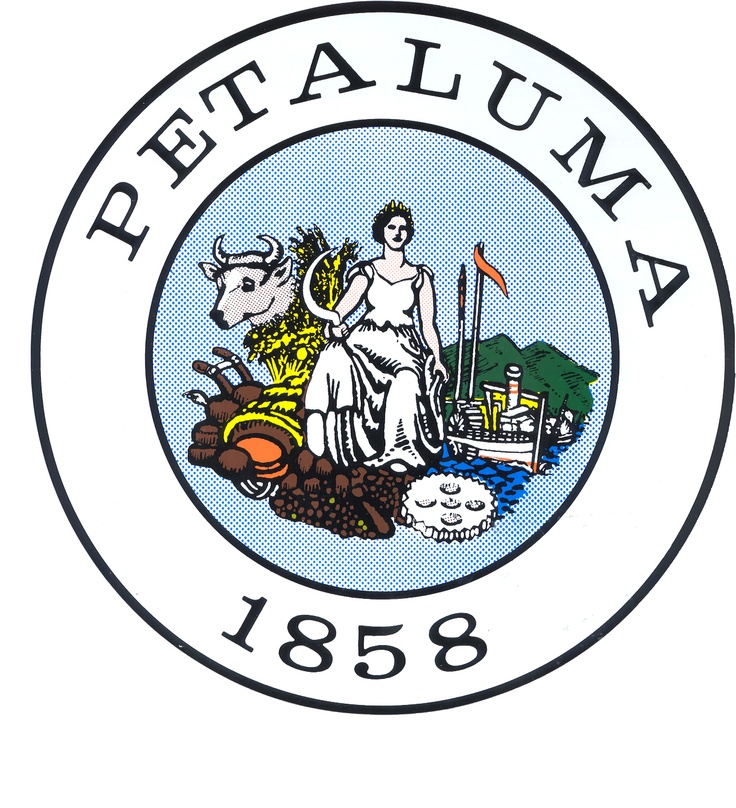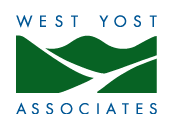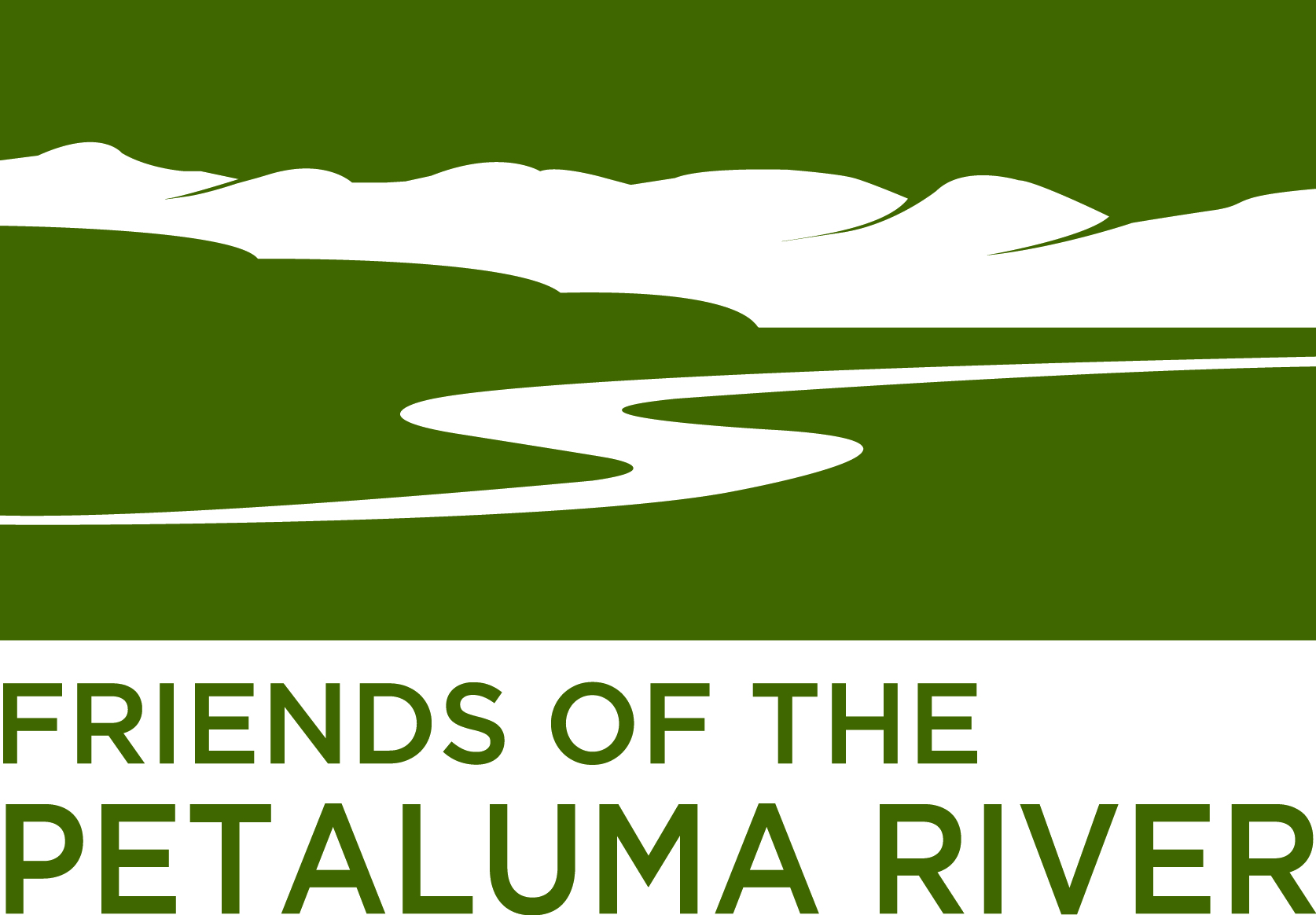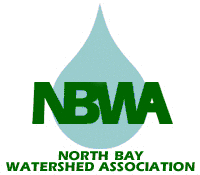Archived Projects
Archived project pages may be formatted differently than current projects. Some archived projects may return to the classroom in the future.
Participating Schools: Mary Collins School at Cherry Valley Elementary School, McDowell Elementary School
Lead Teachers: Liza Eichert, Eugenia Praetzel, Gena Richman
Participating Classes: 1st-8th
Collaborators: STRAW
Overview: Through hands-on real world problem solving done in collaboration with McDowell and Mary Collins School teachers, students, families and community partners, students will learn biological principles, mathematical reasoning and critical thinking skills. These skills will be used to help understand and address global issues in the context of our local environment and Sonoma County watershed.
Participating Schools: Casa Grande High School
Lead Teachers: Kim Tay
Participating Classes: 10th Grade
Overview: Our essential question is: how does climate change affect biodiversity? Our students will learn about the Petaluma Watershed, the biodiversity in the region, and the projected impact of climate change on the watershed. Thereafter, our students share their findings with local elementary students.
Participating Schools: Petaluma High School
Lead Teachers: Lee Boyes, Kris Camacho, Susan Smith
Participating Classes: 9th Grade through 12th Grade Physical Science
Overview: "How does human activity affect the water we depend on?" Students will learn about the science and economics of water. They will learn how water is stored, harvested and distributed. They will learn how water is used and affected by various industries, agriculture and households, and the costs of restoration.
Corona Creek Restoration
Participating School: Kenilworth Junior High
Lead Teachers: Jennifer Rose, Kristin Gornick
Participating Classes: 7th Grade
Overview: Students will engage in a yearlong study of Corona Creek, adjacent to the Kenilworth Junior High campus. Students will become familiar with the Corona Creek vegetation, aquatic life, soil conditions, and water quality. Students will research similar creeks and determine the elements of a healthy, well functioning seasonal creek ecosystem. Students will identify factors that are impeding the health of Corona Creek’s ecosystem and then create a list of possible strategies to improve the health of the ecosystem. We will identify one or two of those strategies to enact this year.
Each One Matters
Participating Schools: Crossroads Community Day School
Teachers: Karen Kesseru & Michael Watt
Participating Classes: 7th through 9th grade classes
Collaborators: Daily Acts, School Garden Network of Sonoma County
Overview: Students will examine the Petaluma River Watershed through an increasingly focused lens - going from identification of the watershed area down to their immediate environment. Their culminating activity will be to design and begin to implement a landscaped area of the campus that incorporates positive environmental practices.
Participating Schools: Casa Grande High School
Lead Teachers: Paula Biancalana, Jolene Thinnes
Participating Classes: 11th Grade U.S. History, 11th Grade English in the Health Career Pathway
Overview: Using American literature and history, what evidence can be discerned to show the reasons for the changes which have occurred on the river since the 1850's? The historical "ebb and flow" of the river has transformed Petaluma; students will revisit important landings, persons of interest and lost communities.
Participating Schools: Petaluma High School
Lead Teachers: Kris Camacho
Participating Classes: 9/10 Honors Biology and 11/12 AP Environmental Science
Overview: Students will write observations, an inquiry question and a testable hypothesis related to the guiding question, “Is the Petaluma River watershed ecosystem healthy?” Based on data and evidence collected in an experiment Students will make a public service announcement in which a well researched suggestion related to environmental stewardship of the Petaluma River watershed ecosystem is presented.
Participating School: Grant Elementary
Lead Teacher: Tami Jimenez
Participating Teachers: Julia Megna
Participating Class: First Graders
Overview: This is an inquiry research project to help children understand their world by starting with learning about their local watershed environment. Students will develop their sense of place, (Geo-Literacy). How can we as good stewards of our local watershed to educate the community about Thompson Creek?
Flush
Participating Schools: Petaluma Accelerated Charter School at McKinley
Teachers: Jovanna Ayala & Matt Jackson
Grade Level: 7th
Collaborators: Sonoma County Library: Teens in Action
Overview: Students will read the novel, FLUSH, learning about contamination in Monroe County, Florida and will then make various trips to the Petaluma Watershed to perform water sampling which will help them draw parallels between the two watersheds and some of the ways in which our watershed is negatively impacted. At the conclusion of the unit, students will individually research and develop a Public Service Announcement with the purpose of bringing awareness to a specific water contaminant.
Participating School: Grant Elementary School
Lead Teachers: Keith Blascow
Participating Classes: 5th
Overview: “How have invasive species impacted (or altered) the Petaluma Watershed?” Students will explore this questions by documenting what organisms are native to this ecosystem. Then, they will determine what, if any, organisms (plant or animal) need to be restored along the river and/or creek.
Investigating Plastics
Participating School: McKinley Elementary
Participating Teachers: Glenn Berry, Mathew Camaano, Chloe Readel
Subject: Science, Art
Grade Level: 6th
Collaborators: Sonoma County Regional Parks (Field Trips)
Students will learn about pollutants in our watershed with a focus on plastics: what happens to them, what impact they have on the environment, and what can be done about it. Students will use the issue of plastics in our oceans to build knowledge, analyze arguments, verify claims, and develop plans for how to minimize our community’s contribution to this problem. Students will conduct two clean ups of Lynch creek and will sort and analyze the trash that is recovered. Students will analyze the types of trash that are found, and then reflect how they may be contributing to it. Students will develop and implement a plan to reduce the plastic waste produced by the school and at home.
Photo by Scott Hess
Participating Schools: Casa Grande High School
Lead Teachers: Todd Adams, Sten Mander, Katie Tobin
Participating Classes: 9-12th
Subject: Physical Science & AP Environmental Science
Overview: What sensitive resources exist at the Lafferty parcel and what actions could be taken to improve the environmental quality? Students will map vegetation types and characterize them in terms of species abundance and presence of invasive non-native species. Students will also conduct monitoring of mammal, bird, insect, and herptile species. Students will also conduct water quality monitoring to evaluate the health of aquatic habitats.
Liquid Gold
Participating Schools: San Antonio High School
Lead Teachers: Jessica Morilla
Previous Participants: Jessica Dennen (Sonoma Mt. High School)
Participating Classes: 9-12
Overview: "Why is California water considered liquid gold?" Students will learn about the science and history of water as a natural resource on a local, state, and county level, stretching to the Petaluma watershed. They will investigate water as an ecosystem service and how human activity impacts and modifies its natural cycling, storage and distribution. Special attention will be paid to drought and the harvesting of water in California.
Participating School: Sonoma Mountain Elementary School
Lead Teachers: Keith Blascow
Grade Level: 6th Grade
Overview: When water goes down the storm drain, where does it go? What happens when something other than water goes down the drain? How can we, as Grant school community members, ensure that pollution is not entering the watershed from our site?These are the essential questions the students will try to answer. In order to do this students will learn about the role of storm drains and how the runoff into them can affect the Petaluma watershed. Students will collaborate in small groups to design a rain garden with the hopes of having it put in at Sonoma Mountain Elementary School. They will present their proposals to teachers, students, and then to whomever is in charge of approving the installation of the rain garden.
Participating Schools: Live Oak Charter School
Lead Teachers: Tamara Lemesh
Participating Classes: 5th Grade Overview: The essential question: Why do we need native plants to grow in the watershed and how does this effect the surrounding wildlife? Students will explore this question by learning about the watershed, native plants, and the surrounding wildlife. They will help to restore some of the native plants along local creeks and/or rivers.
Participating Schools: Casa Grande High School
Lead Teacher: Josey Richter
Participating Classes: 10-12th grade
Overview: Students will learn what is it like to be a professional photographer with a client. Students will photograph water testing stations, creeks that are not photographed on the atlas, and photograph some of the activities that students are involved with while studying the water shed. These photos will be used in both artistic settings as well as added to the Friends of the River web site and water shed atlas.
Place Based Learning
Participating School: Petaluma High School
Teachers: Linda Judah
Subjects: Biology & Community Health
Grade Level: 10th
Collaborators: Point Blue (STRAW)
Curriculum formerly known as "Interactions and Human Impact in the Watershed."
Overview: For this project we will be building on work done in previous years & including additional actions. Students will begin in the current fall semester with an analysis of our Place using the Community Mapping principals from The Goodall Institute’s Roots & Shoots program. From there will well also consider our Petaluma River watershed. We will be considering Steamer Landing and the kind of habitat stewardship that has gone on so far, and they type of additional stewardship that may be necessary. We will also be looking at one yard on our campus with an eye to creating an outdoor classroom.
Participating Schools: Live Oak Charter School
Lead Teachers: Lois Wildgrube
Participating Classes: 4th Grade
Overview: The study of the Petaluma Watershed will be part of our study of California history and geography. Students will examine how human actions have affected the watershed. Students will examine the question: What is my responsibility to the watershed? What can I do care for the Petaluma River?
Steamer Landing Restoration
Participating Schools: Carpe Diem & Sonoma Mountain High Schools
Teachers: Jessica Dennen & Shiloh Winders
Subjects: Science
Grades: 10th-12th
Collaborators: PG&E (Solar Suitcase)
Students will become stewards of their local watershed by learning about and caring for the centrally located Petaluma River park at Steamer Landing. Specifically, they will work through a variety of activities that contribute to the successful establishment of native plants through planting and tending to 30 new individual trees and shrubs. In doing so, students will contribute to ongoing community efforts to celebrate and conserve the Petaluma River. Students will see the interconnectedness of the biotic and abiotic factors at the park and the implications of their plants within this ecosystem as time progresses. We hope that these efforts over time will transform the park into a thriving riparian community that all can benefit from.
Three Sisters Garden
Two Rock Elementary
Teachers: Jan Brogan & Pat Godoski
Subject: Agriculture & History
Students will answer the question "How will plants co-habitat in an effort to conserve water and produce food for sustainability?" The three sisters all complement each other nutritionally, providing people with sources of both starch, and proteins along with diverse vitamins and minerals. Corn supports bean vines, beans put nitrogen back into the soil while squash benefits from both.
Watershed Assessment
Participating School: Casa Grande High School
Teachers: Todd Adams
Previous Teachers: John Shribbs, Sten Mander, Katie Tobin
Subject: AP Environmental Science
Grade: 11th-12th
We evaluate the effects of land use practices and riparian vegetation on water quality within 3 tributaries of the Petaluma River. In order to investigate these connections students will collect and evaluate the following data:
Conduct transects to characterize the species diversity, percent cover, and complexity (canopy layers) within the riparian community.
Map the occurrence and extent of invasive non-native species in the riparian community.
Collect water quality data (turbidity, nutrients, specific conductivity, and temperature) during 3 storm events.
Use GIS mapping technology to delineate these subwatersheds and calculate percent impervious and pervious cover and land use types within each subwatershed.
Map the extent of bank erosion within each stream.
Participating School: McNear Elementary School
Lead Teachers: Amy Turko, Eric Norstad
Participating Classes: 4th
The two fourth grade classes at McNear Elementary School will conduct weekly water quality tests (salinity, oxygen levels, temperature, etc.) on the water from Thompson Creek, a tributary of the Petaluma River, and post the results on line throughout the school year.
Watershed Stability
Teachers: Philip Tacata
Grades: 11-12
Collaborators: Marin Bay Kayaks
Overview: This December, students will cover an in-depth survey of the ecological community of the Elkhorn Slough National Estuarine Reserve. This survey is in preparation for the students’ winter trip to the Monterey Peninsula where they will do a biological tour –on kayak– of the Slough. In the early spring, students will cover a comparative survey of the ecological community of their local Petaluma River Watershed. Subsequently, students will explore how climate change affects the ecology of riparian and estuarine communities and their related urban ecosystems.
Watershed Stewards
Participating School: McNear Elementary
Teachers: Kirsten Franklin & Eric Norstad
Subject: Science
Classes: 4th Grade
Collaborators: Point Blue (STRAW),
We will acquire specific knowledge about watersheds in general and Thompson Creek in particular. It is important that students understand that Thompson Creek is a watershed that feeds into the larger Petaluma Creek watershed, just as most watersheds feed into larger watersheds. A feeling of personal stewardship on the part of each student is also important as students understand that they are a part of their community.
Water Quality in the Petaluma River
Participating School: La Tercera Elementary
Teachers: Chris Carter & Lisa Beaudry
Grade Level: 6th
Subject: History and Science
Students will have the opportunity to sample water along Petaluma River multiple times during the school year and identify potential human impacts to the environment in these areas. They will assess impacts at these sites by:
1. Recording abiotic parameters at these sites, including temperature, dissolved oxygen, pH, nitrogen, ammonia, phosphates, turbidity, salinity, and conductivity.
2. Students will then work to develop a plan/proposal for reducing or
eliminating identified impacts to these sites.
We All Live in a Watershed
Participating School: River Montessori Charter
Teachers: Deanna Peake, Lisa Hartman, Emily Miyano, Roxanne Urry
Grades: 3rd
Collaborators: Sonoma County Water Agency (Steelhead in the Classroom), Ellis Creek Water Recycling Facility
All third level students at River Montessori will meet once a week from January to May. As a whole group through various presentations, experiments, and other activities they will learn about the Petaluma River watershed and watershed geography in general; the nature of water itself and how the water cycle works on our planet; how people use water and water treatment in our area. Once they have some of this background, students will organize themselves into “expert groups” of about 4 students each to research specific aspects of salmon, native birds, and benthic macroinvertebrates completing their life cycles in the watershed. Students will generate written reports of their research which will include their understanding of how these animals are interconnected with each other and the nonliving aspects of their habitats.
Project Participants: Todd Siders and Kiri Brackett
School Site: Casa Grande High School
Grade Level(s): Exemplar Courses: 9th grade Geography and 12th Grade PEACE
Students will engage themselves in the community in order to gain in depth understanding of our interactions with the Petaluma River and the implications of living in a community that consistently interconnects and is impacted by watershed. Students will investigate professions in Petaluma related to Casa Grande's Small Learning Communities and how these professions are interconnected to the Petaluma River. Students will analyze map data, public records, professional documents and engage in academic discourse with peers and community members in order to learn about our daily Interactions with the watershed.
